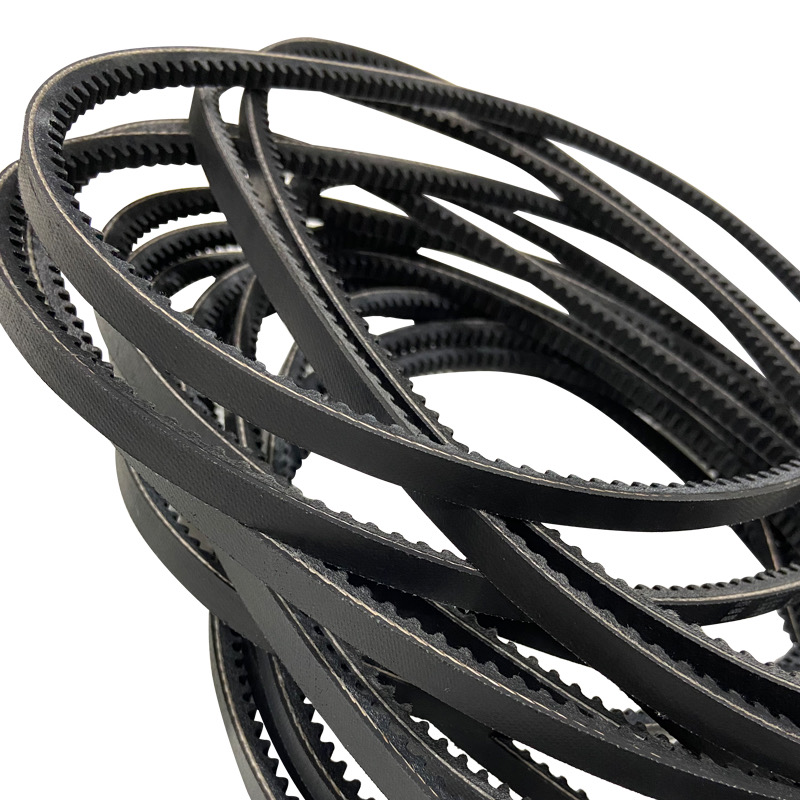- Arabic
- French
- Russian
- Spanish
- Portuguese
- Turkish
- Armenian
- English
- Albanian
- Amharic
- Azerbaijani
- Basque
- Belarusian
- Bengali
- Bosnian
- Bulgarian
- Catalan
- Cebuano
- Corsican
- Croatian
- Czech
- Danish
- Dutch
- Afrikaans
- Esperanto
- Estonian
- Finnish
- Frisian
- Galician
- Georgian
- German
- Greek
- Gujarati
- Haitian Creole
- hausa
- hawaiian
- Hebrew
- Hindi
- Miao
- Hungarian
- Icelandic
- igbo
- Indonesian
- irish
- Italian
- Japanese
- Javanese
- Kannada
- kazakh
- Khmer
- Rwandese
- Korean
- Kurdish
- Kyrgyz
- Lao
- Latin
- Latvian
- Lithuanian
- Luxembourgish
- Macedonian
- Malgashi
- Malay
- Malayalam
- Maltese
- Maori
- Marathi
- Mongolian
- Myanmar
- Nepali
- Norwegian
- Norwegian
- Occitan
- Pashto
- Persian
- Polish
- Punjabi
- Romanian
- Samoan
- Scottish Gaelic
- Serbian
- Sesotho
- Shona
- Sindhi
- Sinhala
- Slovak
- Slovenian
- Somali
- Sundanese
- Swahili
- Swedish
- Tagalog
- Tajik
- Tamil
- Tatar
- Telugu
- Thai
- Turkmen
- Ukrainian
- Urdu
- Uighur
- Uzbek
- Vietnamese
- Welsh
- Bantu
- Yiddish
- Yoruba
- Zulu
Jul . 27, 2024 00:05 Back to list
Exploring the Importance and Functionality of Lathe Belts in Precision Machining Applications
Understanding the Lathe Belt A Key Component in Machining
The lathe belt is an essential component in the operation of a lathe, a machine tool used for shaping metal, wood, and other materials. This belt connects the lathe's motor to its spindle, facilitating the transfer of rotational power. In this article, we will explore the characteristics, types, and importance of lathe belts in machining processes.
The Role of the Lathe Belt
The primary function of the lathe belt is to transmit motion from the motor, which generates power, to the spindle where cutting or shaping takes place. When the motor runs, it drives the pulley system that is connected to the lathe through the belt. This connection allows for the conversion of electrical energy into mechanical energy, enabling the rotation of the workpiece clamped in the lathe. The efficiency of this transfer directly impacts the performance and accuracy of machining operations.
Types of Lathe Belts
Lathe belts can be categorized based on their material composition and structure. The most common materials used for lathe belts include rubber, leather, and synthetic compounds. Each type has its advantages and particular use cases
1. Rubber Belts These are the most widely used type of lathe belts due to their flexibility and durability. Rubber belts can handle high speeds and provide a good grip on the pulleys, minimizing slippage.
2. Leather Belts Historically, leather belts were used in early lathe machines and are still favored in some traditional setups. They have the advantage of being easily adjustable and repairable. However, they may not perform as well as rubber belts in terms of longevity and strength.
lathe belt

3. Synthetic Belts With advancements in material technology, synthetic belts have become popular. They often combine the best properties of rubber and leather, offering high strength, flexibility, and resistance to wear and tear.
Importance of Belt Maintenance
Proper maintenance of the lathe belt is crucial for ensuring the longevity and performance of the lathe. A worn or damaged belt can lead to slippage, resulting in poor machining quality, reduced efficiency, and potential damage to the machine itself. Some key maintenance practices include
- Regular Inspection Periodic checks for signs of wear, fraying, or cracking can help identify potential issues before they cause failures.
- Tension Adjustment Maintaining the correct tension is vital. A belt that is too loose may slip, while one that is too tight can cause excessive wear on both the belt and the bearings.
- Lubrication For leather belts, proper conditioning can help maintain flexibility. Rubber and synthetic belts may require less maintenance but should still be inspected for signs of improper wear.
Conclusion
The lathe belt is a fundamental component that plays a pivotal role in the functioning of lathe machines. Understanding its types, maintenance requirements, and operation is essential for anyone involved in machining. With the right care, a lathe belt can ensure efficient power transmission, contributing to higher productivity and precision in machining tasks. As technology continues to evolve, the materials and designs of lathe belts will likely advance, further improving their effectiveness and reliability in various industrial applications. Whether you are a seasoned machinist or a novice in the field, recognizing the significance of this small yet mighty component will undoubtedly enhance your machining experience.
-
Upgrade Power Steering Pump Belt for Smooth, Quiet Operation
NewsAug.27,2025
-
Precision Timing Belt & Chain: Engine Performance & Durability
NewsAug.26,2025
-
Precision Lathe Drive Belts: Durable & Reliable Performance
NewsAug.25,2025
-
84.5 Serpentine Belt: Durable & Precision Fit for Your Engine
NewsAug.24,2025
-
Premium Ribbed Drive Belts for Quiet Power Transmission
NewsAug.23,2025
-
High-Performance Vehicle Timing Belt for Engine Precision
NewsAug.22,2025

